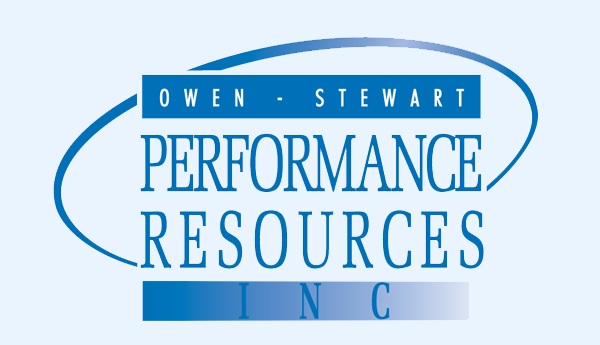Tell Me A Story: A Powerful Way To Inspire Action
- DVD or USB, includes Main Program plus bonus Story-Telling Examples
- Leader's Guide
- Participant Workbook
- PowerPoint Presentation
- Shows how storytelling enables speakers to engage their audience both intellectually and emotionally
- Provides individuals with examples and tips for becoming an effective organizational storyteller
- Helps organizations develop leaders who can move and inspire people
$995.00
Anyone who wants to wield true influence in an organization must be effective at telling stories. Why? Because stories capture peoples’ hearts and minds; using them makes communication both memorable and meaningful. This program illustrates how leaders can use storytelling to impact such things as: creating a shared vision of the future, kick-starting new projects, highlighting lessons learned, and reinforcing the organization’s brand.
On the surface, storytelling wouldn’t appear to be a “must-have” workplace skill. But, when you think about the importance of inspiring and motivating a workforce today, this communication technique becomes vital.
Stories present information on a level that is hard to reach with mere facts and statistics. The right story told at the right time gets people to feel a certain way and inspires them to take a specific action or buy-in to an idea.
In this program, communication expert John Jenson illustrates the difference between conveying information and creating an emotional experience through story. He opens with a heart-warming account of the year he surprised his family with a puppy named Oscar. Rather than simply stating, “One year, I got my kids a dog for Christmas”, Jenson reveals the back story of how he came to find “Oscar” and what made the process so special. In the end, the story of Oscar the dog becomes the means through which audience members recall their first pet or a special gift they’ve either given or received.
Jenson then introduces a series of real-world organizational storytelling examples. Individuals from various types of industries are shown telling stories designed to move the audience or listener in a specific way.
Jenson makes the following points about storytelling:
- Have a Point – Know what you want people to THINK, FEEL, or DO differently as a result of your story.
- Choose the Right Story to Support Your Point – Select the style of story (humorous, inspirational, instructive) that will most effectively fit with the point you’re making.
- Craft Your Story So that It’s Compelling – Set the scene, keep from adding things that are unessential, use humor or emotion, be humble, and effectively tie the story to your main point.
- Deliver It – Speak “low and slow”, don’t memorize every word, use good pacing and timing, maintain confident and relaxed body language, and practice!
Trainees are encouraged to experiment with the use of stories in their day-to-day work lives. The workshop materials enable them to identify relevant stories, fully develop and deliver one story, keep a Story Journal going forward, and link those stories to different organizational issues and opportunities.


